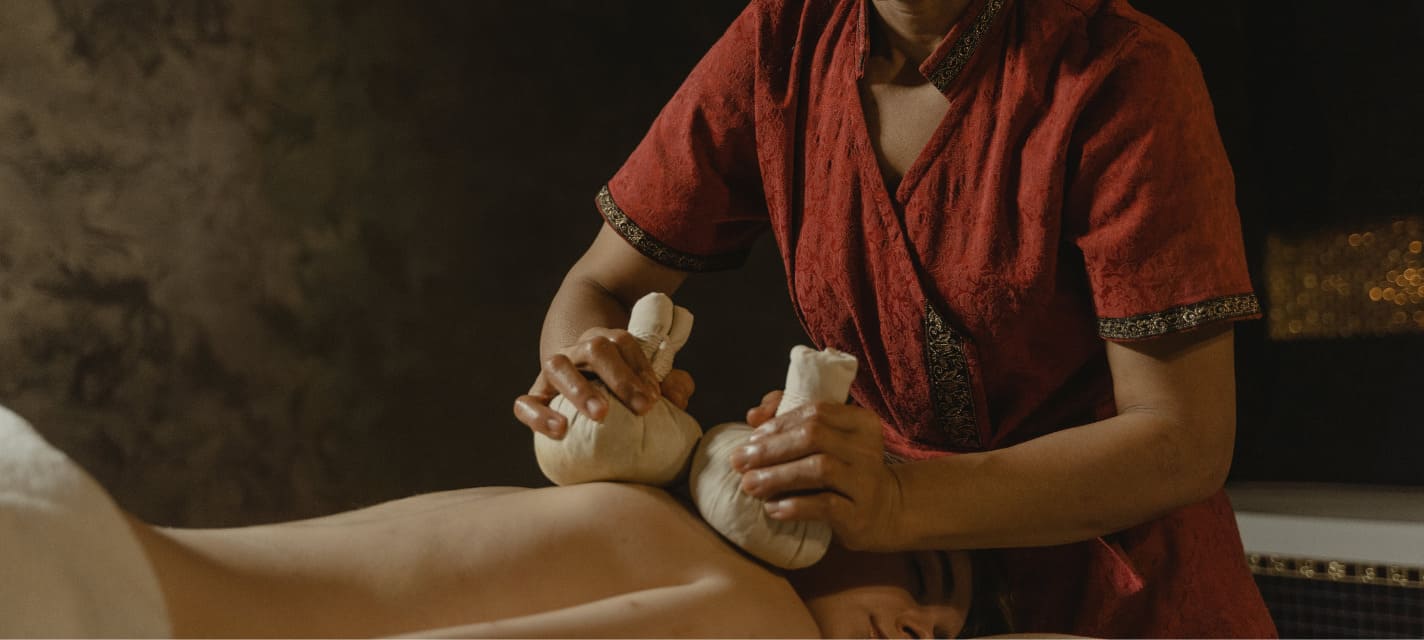Embarking on the journey of Thai massage education is a holistic exploration that goes beyond mastering techniques. This blog delves into the crucial aspect of anatomy insights, unraveling the importance of understanding body structures in the curriculum of Thai massage schools.
The Essence of Thai Massage:
Thai massage, an ancient healing art, transcends the physical to encompass the spiritual and energetic dimensions. Understanding the body’s intricate structures is fundamental to mastering this traditional form of bodywork.
The Role of Anatomy in Thai Massage Education:
In a reputable Thai massage school, anatomy is not a mere supplement but an integral part of the curriculum. Students learn how body structures influence energy flow, movement, and the overall well-being of the recipient.
Foundational Concepts:
Thai massage integrates principles from traditional Chinese medicine and Ayurveda. Anatomical knowledge forms the foundation, guiding practitioners to identify energy lines (Sen lines) and key points that are vital in this therapeutic practice.
Muscular System Insights:
A comprehensive Thai massage curriculum delves into the muscular system, understanding muscle groups, attachments, and functions. This knowledge enhances practitioners’ ability to address muscle tension, promote flexibility, and restore balance.
Skeletal Anatomy:
Understanding the skeletal framework is pivotal in Thai massage. From joint movements to bone structures, students gain insights that enable them to tailor techniques to individual needs, ensuring a safe and effective practice.
Connective Tissue Wisdom:
Thai massage emphasizes the importance of working with connective tissues, such as fascia. Students explore how these tissues impact flexibility, mobility, and the body’s overall response to therapeutic touch.
Energy Pathways – Sen Lines:
Central to Thai massage is the concept of Sen lines, energy pathways through which life force flows. Anatomy education in Thai massage schools intricately connects the physical body with these energy channels, deepening the therapeutic impact.
Organ Systems Integration:
A holistic curriculum includes insights into the body’s organ systems. Thai massage practitioners learn how to incorporate gentle manipulations that positively influence organ function, supporting overall health and well-being.
Nervous System Awareness:
Thai massage’s impact on the nervous system is profound. Anatomy education explores the nervous system’s response to touch, helping practitioners refine their techniques for relaxation, stress relief, and enhanced mental well-being.
Cultural and Philosophical Context:
Thai massage education is not just about anatomy; it also delves into cultural and philosophical aspects. Students gain an appreciation for the cultural roots of Thai bodywork, enriching their practice with a deeper understanding.
Integration of Thai Herbal Medicine:
Anatomy insights extend to the integration of Thai herbal medicine. Thai massage schools often incorporate teachings on the therapeutic use of herbs, further enhancing the holistic approach to wellness.
Practical Application:
A robust curriculum ensures practical application of anatomy knowledge. Students engage in hands-on experiences, refining their palpation skills, and honing their ability to adapt techniques based on individual client needs.
Adapting Techniques for Diverse Clients:
Understanding diverse body structures is crucial for effective Thai massage. The curriculum equips practitioners to adapt techniques for clients of different ages, body types, and health conditions, ensuring inclusivity and safety.
Ethical Considerations in Thai Massage:
Anatomy education extends to ethical considerations. Thai massage schools emphasize the importance of professionalism, informed consent, and creating a safe, respectful environment for both practitioners and clients.
Continual Learning and Evolution:
Thai massage is a living tradition that evolves with time. A holistic curriculum instills a passion for continual learning, encouraging practitioners to stay abreast of new anatomical insights and advancements in the field.
Cultivating Mind-Body Awareness:
Beyond anatomy, Thai massage education fosters a profound awareness of the mind-body connection. Practitioners learn to engage with clients holistically, promoting not just physical well-being but also mental and emotional balance.
In the realm of Thai massage education, anatomy insights serve as the cornerstone for a holistic understanding of the body’s intricate structures. As students embark on this transformative journey, they not only master the art of Thai massage but also cultivate a deep appreciation for the interconnectedness of body, mind, and spirit.

